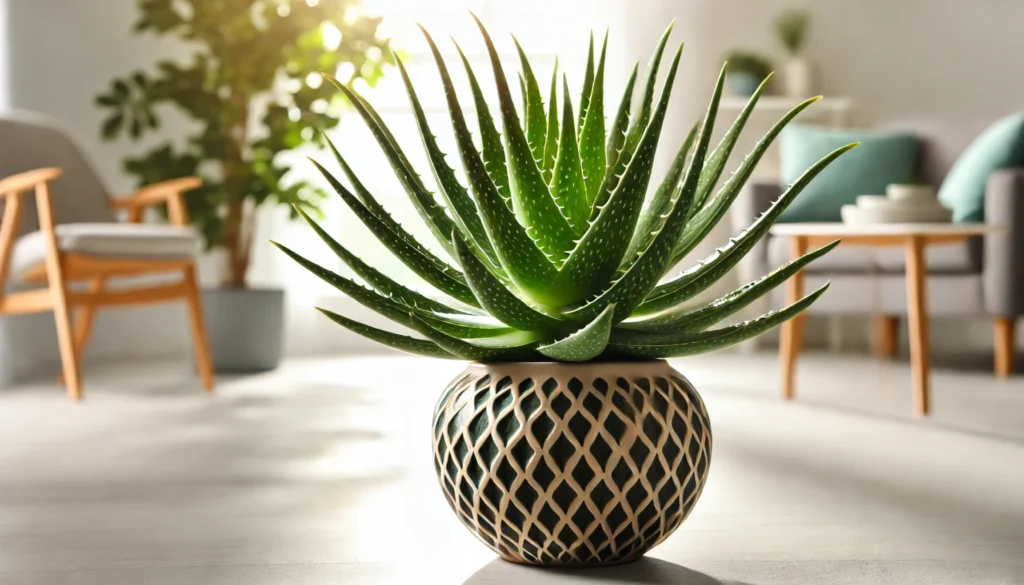
Silver Ragwort, also known as Jacobaea maritima, is a resilient and beautiful perennial that adds a touch of silvery elegance to any garden. This plant can grow up to 3 feet (0.9 meters) tall and 2 feet (0.6 meters) wide, making it a compact yet showy addition to your landscape. It’s known for its velvety, silver-gray foliage and small clusters of yellow flowers that bloom in summer. Whether you’re looking for ground cover or a border plant, Silver Ragwort can enhance the aesthetics of your garden.
History and Ideal Growing Conditions
Silver Ragwort, native to the Mediterranean, has a long history of being used for its striking ornamental features. This plant thrives in coastal environments, which is why it’s often called “dusty miller.” It’s well adapted to dry, sandy soils, and salty air, making it perfect for gardens with well-drained soil.
In your garden, Silver Ragwort prefers full sun to partial shade and does best in USDA hardiness zones 7-10. While it can handle dry spells, it’s important to make sure the soil remains well-drained to prevent root rot. The plant’s drought tolerance also makes it ideal for xeriscaping, where water conservation is a priority.
Toxicity and Pets
Silver Ragwort can be toxic to pets like cats, dogs, and horses. The plant contains pyrrolizidine alkaloids, which can cause liver damage if ingested in large quantities. Symptoms in pets include vomiting, lethargy, and loss of appetite. For pet owners looking for safe alternatives, plants like marigolds, Boston ferns, or spider plants offer a non-toxic way to beautify your garden.
Best Practices for Caring for Silver Ragwort
Taking care of Silver Ragwort is simple, but a few specific practices will help it flourish in your garden.
Watering and Humidity
Silver Ragwort is drought-tolerant once established, so it doesn’t need frequent watering. Water the plant sparingly, allowing the soil to dry out between waterings. Too much moisture can cause root rot. When watering, aim for a deep soak to encourage healthy root development. Humidity isn’t usually a concern, as this plant is highly adaptable to various climates.
Soil, Light, and Temperature
This plant thrives in well-draining, sandy or loamy soil. Avoid heavy clay soils that retain water, as they can lead to root issues. Silver Ragwort loves full sunlight but can tolerate some partial shade. For optimal growth, ensure it gets at least 6 hours of sunlight per day.
Silver Ragwort is frost-hardy in zones 7-10, but it prefers mild temperatures. It can tolerate temperatures as low as 20°F (-6°C), but prolonged exposure to frost should be avoided. In hotter climates, it can withstand temperatures up to 90°F (32°C), though some shade may be beneficial in extreme heat.
Fertilizing
Silver Ragwort doesn’t require heavy feeding. A balanced, slow-release fertilizer applied once in spring will support healthy growth. Avoid over-fertilizing, as too much nitrogen can lead to overly leggy growth, weakening the plant.
Common Problems and Remedies
Despite being a hardy plant, Silver Ragwort is susceptible to a few common issues.
- Root Rot: Caused by overwatering or poorly drained soil. To prevent this, ensure proper drainage and water sparingly.
- Powdery Mildew: Can appear in humid conditions. Combat this with a natural fungicide or by improving air circulation around the plant.
Pruning and Shaping Your Silver Ragwort
Pruning is an essential part of maintaining Silver Ragwort’s shape and health. Regular pruning not only keeps it looking tidy but also encourages new growth.
Tools Needed
Use a pair of clean, sharp pruning shears for best results. Sanitize your tools before and after pruning to prevent the spread of diseases.
Identify Areas to Trim
Trim back one-third of the plant in spring to encourage fuller growth. Focus on removing leggy or overgrown stems.
Deadheading
Remove spent flowers to encourage continued blooming and prevent the plant from focusing energy on seed production.
Prune Leggy Growth
Leggy growth can make the plant look unkempt. Trim these stems back to maintain a bushier appearance.
Remove Damaged or Diseased Leaves
Any damaged, diseased, or yellowing leaves should be pruned to prevent the spread of disease and improve the overall appearance.
Shape the Plant
For a more compact, well-shaped plant, trim excess growth around the sides, keeping the shape round and uniform.
Post-Pruning Care
After pruning, water the plant lightly and apply a layer of mulch to retain moisture and keep the roots cool.
Propagation and Benefits
Silver Ragwort can be easily propagated by cuttings. Take a 4-inch (10 cm) stem cutting in spring, remove the lower leaves, and plant it in well-draining soil. Keep the soil moist but not waterlogged, and within a few weeks, roots will develop.
This plant is not only beautiful but also beneficial for attracting pollinators like bees and butterflies to your garden. Its silvery foliage provides a striking contrast to other green plants, making it a great companion in flower beds and borders.
Final Thoughts
Silver Ragwort is a versatile, low-maintenance plant that can thrive in various conditions. With its silvery foliage and yellow flowers, it adds an eye-catching element to any garden. Just remember to keep it away from pets, and follow these simple care tips to ensure it grows beautifully in your outdoor space.



